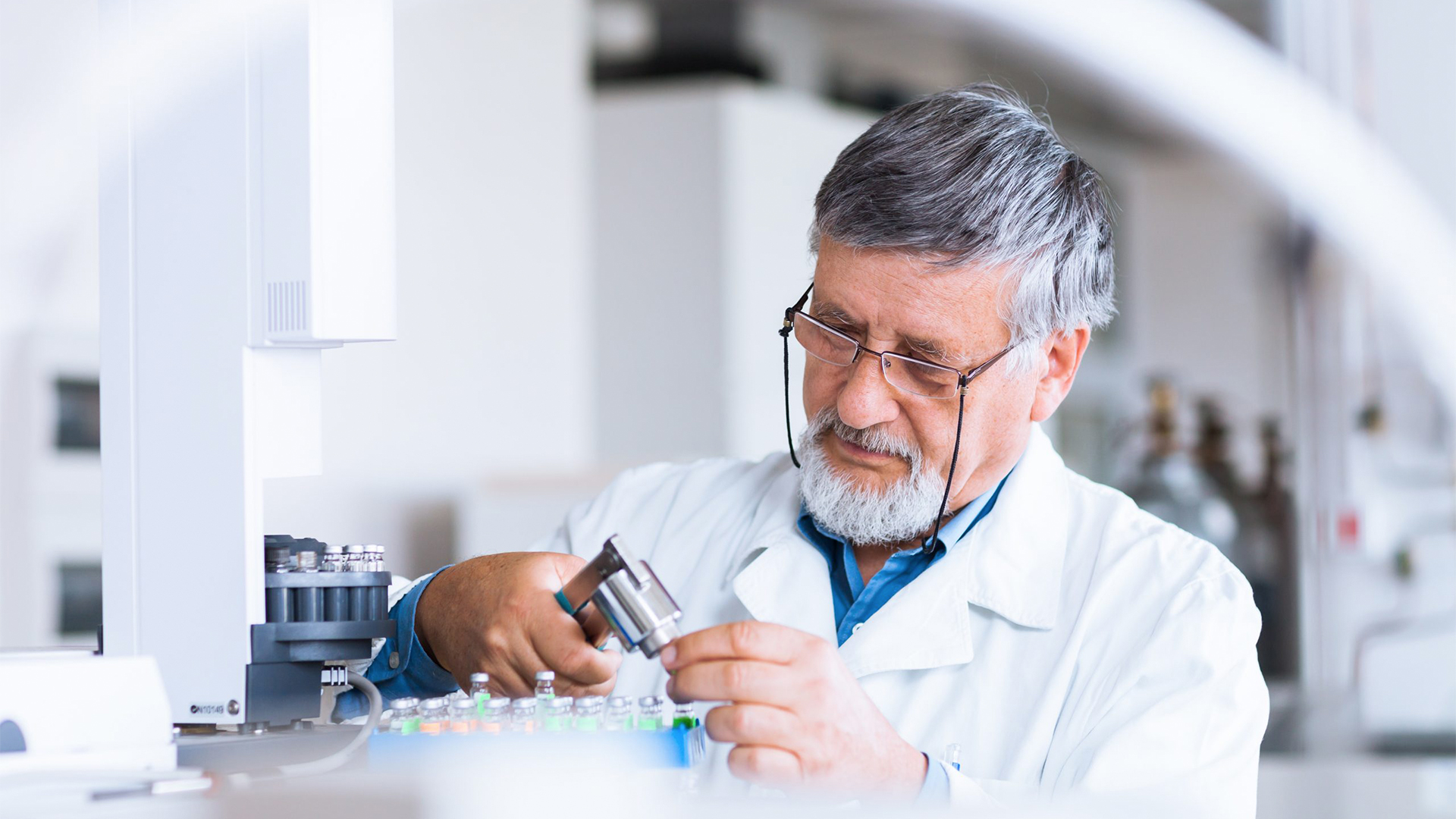
Real-world data (RWD) is playing an increasing role in healthcare decision-making
Oliver Leatham, SVP, Global Head of Lifesciences at Real World Health
In Europe, regulators such as NICE, IQWiG, AIFA and HAS, all use RWD to monitor post-marketing product use – safety and adverse events. In more recent times, Regulators have begun using RWD more and more to support regulatory approvals and to ensure a product performs as promised in the Real World.
Commissioners and Clinicians are using RWD to support coverage decisions and to develop guidelines for the improved management of patients. Meanwhile, drug developers are using RWD to support clinical trial designs (e.g. single-arm trials; pragmatic clinical trials) and observational studies to generate innovative new treatment approaches and accelerate access to medicines to patients who need it most.
The EMA is encouraging regulatory agencies to place increasing emphasis on the use of RWD in regulatory decision-making, including approval of new products in rare diseases, where the overall evidence base is limited in large clinical trials; and for the reimbursement of new therapies, based on improved patient outcomes and the reduction of the overall cost to the health system e.g. patients spending less time in hospital as a result of improved management of their condition.
In 2021, the MRHA issued new guidance on the use of RWD to:
‘support clinical trials and get medicines to patients sooner’
the UK regulator has said that using data generated during routine healthcare to improve recruitment and aid regulatory decision-making could help bring life-changing new medicines more quickly to those who need them.
So why focus on RWE?
The use of mobile devices, wearables and biosensors to gather and store huge amounts of health-related data is rapidly accelerating, in line with the charge in the technology revolution. Technological medicine is offering manufacturers new and innovative opportunities to change the world of healthcare for the better; for example, new cancer treatments using nanotechnology to attack tumours at source and reduce the need for more toxic chemotherapy; OR consumer wearables that allow patients with Sickle Cell Disease to monitor their bodies on a daily basis, detecting abnormalities early to prevent more serious events before they have time to progress. These technologies and the data collected from them has the potential to allow us to better design and conduct studies to answer questions previously thought impossible and to improve patient outcomes, enhancing quality of life.
But, it is not just enough to have the technology; it is how we comprehend this data, with the development of sophisticated new analytical capabilities, such as predictive modelling and AI, that allows us to apply the results to medical product development and, ultimately, accelerated product approvals.
What are the main sources of RWD and how is it collected?
Real-world data refers to the data relating to patient health status or the delivery of health care routinely collected from a variety of sources. For example:
- Electronic health records (EHRs)
- Patient-generated data including in home-use settings
- Claims and billing activities
- Product and disease registries
- As well as data gathered from other sources, such as mobile devices
How has RWD influenced medicine approvals in recent years?
RWD has made significant strides in accelerating drug approvals in Europe in recent years. For example:
Eculizumab is a monoclonal antibody manufactured by the company Alexion. In 2015, Alexion extended indications by providing a prospective, observational study using data from a PNH registry.
Elosulfase alfa, marketed by the company BioMarin under the tradename Vimizin, was approved for conditional reimbursement in the UK, where collaboration was conducted with the MPS Society and NHS England to collect patient data in supporting the MPS IVA registry.
Today, health authorities are looking for manufacturers to take a share of the risk when approving new high-cost medicines. The most effective way to do this is through the use of RWD, innovative analytics and new technologies, such as wearables. It won’t be long before future product approvals that are conditional on RWD will not be the exception, but the rule.
At Real World Health, we use real-time real-world evidence to continually map patient pathways, outcomes and product performance. Our access to ‘real-time’ data allows us to continually adapt to the demands of a rapidly evolving healthcare landscape and reduce the need for large scale studies or multiple observational trials. Our proprietary analytics platform and team of experts allows us to interpret this data and predict how new products can positively disrupt a current pathway of care to engage with health authorities and provide the necessary evidence required to guarantee product performance in the real world. Our goal is to accelerate product launch and get new medicines to patients quicker than ever before.
